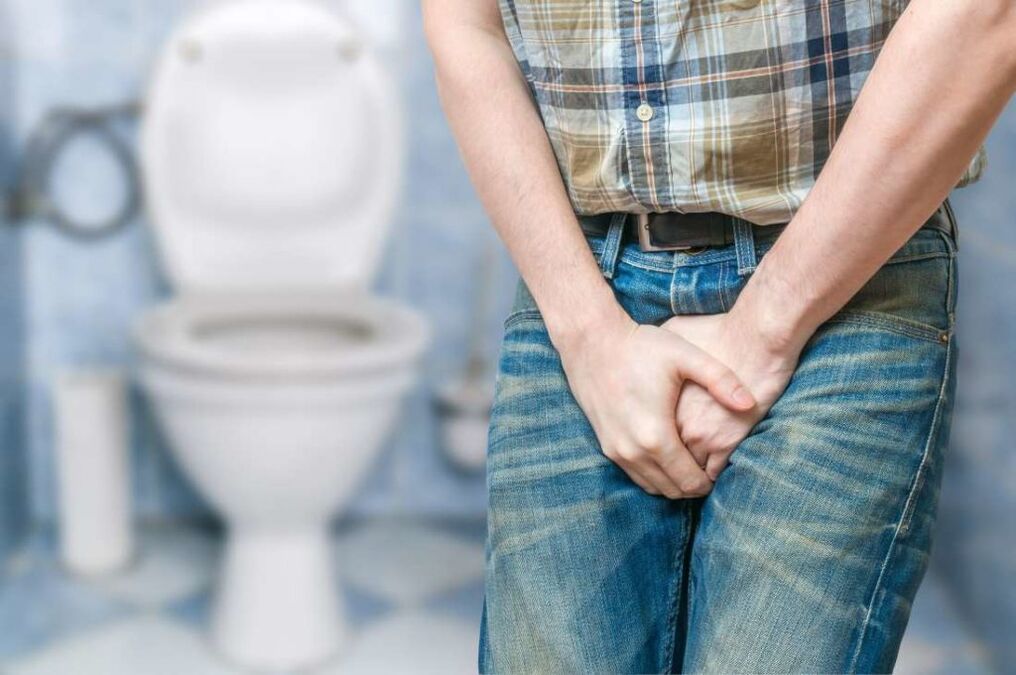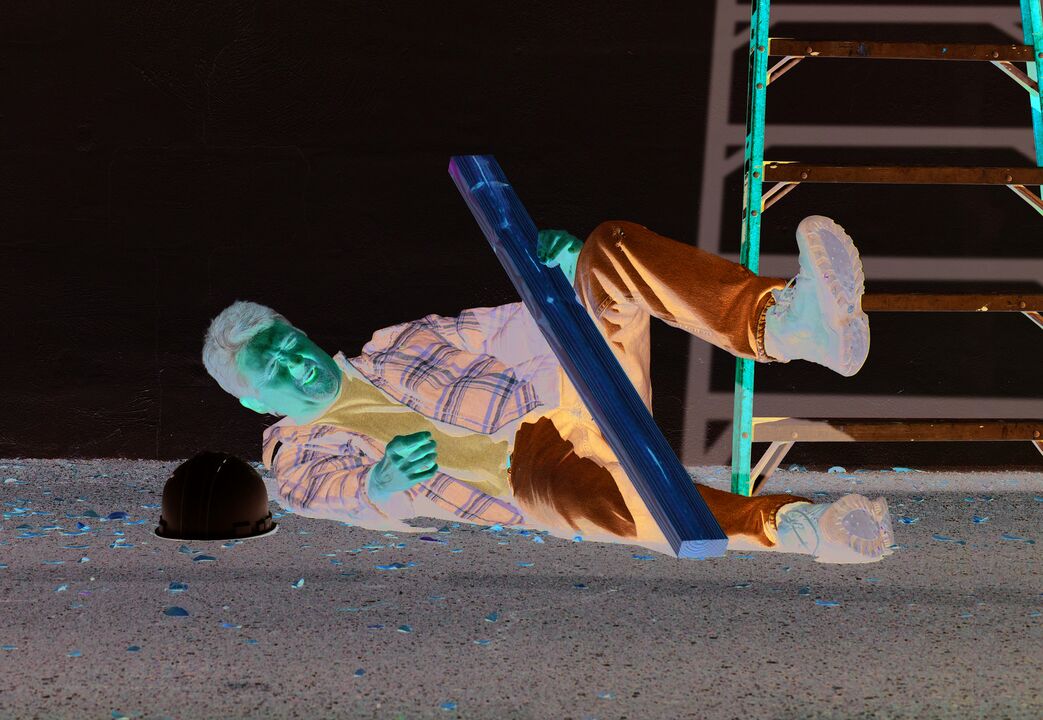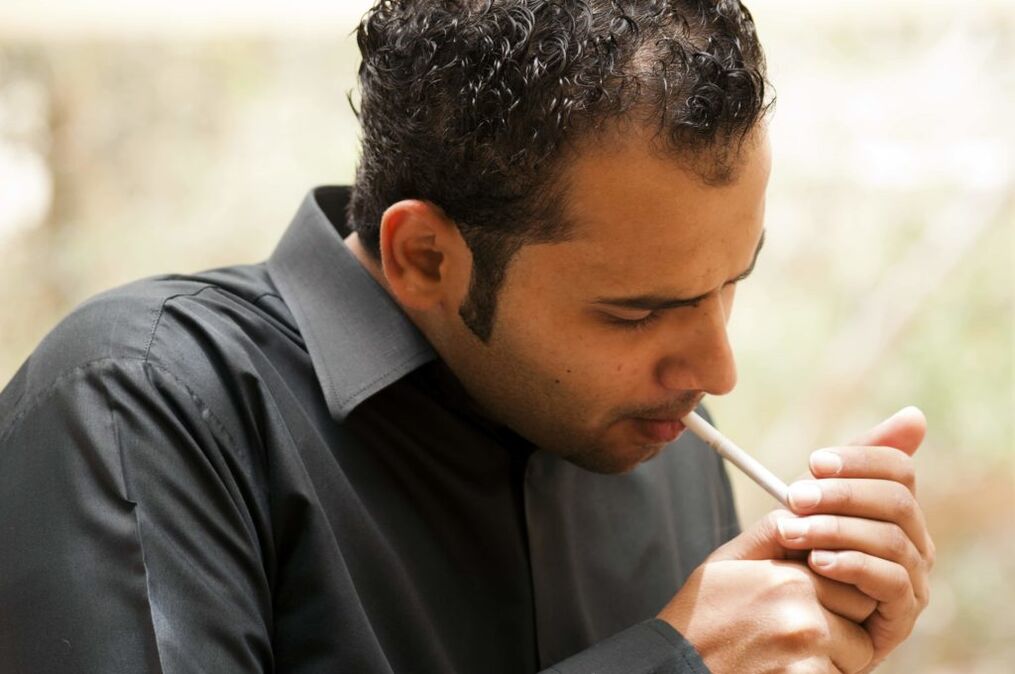There are many forms of prostatitis, with different symptoms and inflammatory processes. Despite the fact that, in general, this disease has been well studied, but one form is still poorly understood-this is bacterial prostatitis. This condition is also called chronic pelvic pain syndrome. According to the latest information, one in five men on the planet will suffer from this disease. Despite its widespread occurrence, the disease remains a mystery to doctors and is difficult to treat.
Bacterial and non-infectious prostatitis: what is the difference?
Bacterial or non-bacterial prostatitis is often mistaken for non-infectious prostatitis. In fact, these are two different diseases with different manifestations and developmental reasons.
Chronic bacterial prostatitis is a disease in which inflammation of the prostate has no obvious symptoms. In addition, in most cases, detailed examination cannot determine whether there is an inflammatory process in the organ. At the same time, non-infectious prostatitis is an inflammatory disease whose cause is clear and well-researched. Non-infectious prostatitis is caused by the violation of prostate nutrition, so the secretion of the prostate is stagnant and the inflammatory process develops. Non-infectious prostatitis is most common in elderly patients, while non-bacterial prostatitis can occur in men of all age groups.
To avoid confusion, non-bacterial prostatitis is also called chronic pelvic pain syndrome, which perfectly characterizes the main symptoms of this complex disease.
Typical symptoms

Almost no need, you will feel painful discomfort.
The symptoms of bacterial prostatitis are different from the symptoms of prostate inflammation, so many doctors believe that the development of this disease is neurological in nature.
The symptoms of bacterial prostatitis are as follows:
- Persistent pain in the pelvic area;
- Pain syndrome worsens during urination;
- Severe discomfort during ejaculation;
- General physical illness;
- Nervousness.
Usually, pelvic pain lasts for a long time, ranging from three to six months. Pain syndrome is painful and monotonous. It can spread spontaneously without the use of analgesics and then recur spontaneously. The pain radiates to the testicles, perineum, and anus. Sometimes there will be short-term "neuropathic" pain in the lower back, lower abdomen, and groin.
The patient complained of worsening erection. During the ejaculation process, he felt a strong sense of tension, accompanied by severe pain during ejaculation. During urination, severe pain may also occur.
Along with these symptoms is a strong emotional depression. Men are nervous and vulnerable to stress, and some patients have insomnia and neurosis-like states.
Causes of bacterial prostatitis

Falls and back injuries can cause illness.
Non-bacterial prostatitis is not very clear, so the doctor gave the possible cause of this disease.
The exact mechanism of the occurrence and pathogenesis of chronic bacterial prostatitis has not been determined.
It is speculated that the development of the disease may have the following reasons:
- Inflammation of the pelvic floor ligaments and tendons;
- Autoimmune process;
- Increased pelvic floor ligaments;
- Back injuries and chronic diseases of the spine;
- Violation of the blood microcirculation in the prostate;
- Neuropsychiatric reasons;
- Intracellular parasites and pathogens in the prostate.
Infectious diseases of nearby organs of the urogenital system may cause inflammation of the pelvic floor ligaments and tendons. As a result, the infection spreads to the ligaments, where they become inflamed and enlarged, squeezing and irritating nearby nerve endings. The pain felt by men at the same time radiates along the nerves, causing pain in the lower back, groin, lower abdomen, or anus.
Another suspected cause of chronic bacterial prostatitis or CABD is an autoimmune process in the body. As a result of this failure, the immune system begins to treat prostate cells as foreign elements and attack them with immune cells, resulting in the typical symptoms of bacterial prostatitis.
Another suspicious cause is viral prostatitis, which the patient had in childhood. Because the prostate of boys has not yet fully developed, viral inflammation of this organ may have no obvious symptoms and become a chronic form, which manifests as pelvic pain syndrome in adult men.
The disease may also be related to various back lesions, injuries, or osteochondrosis, so spinal nerve root compression may occur, leading to pain and destruction of the prostate.
Some doctors believe that this disease may be due to congenital circulatory failure of the prostate, which prevents the organs from performing their functions. Over time, this can lead to chronic pain episodes characteristic of bacterial prostatitis.
In addition, there is another theory that CABD may be caused by neuropsychiatric disorders, such as severe stress, neurosis, and vascular dystonia. In this case, pathology must be regarded as a psychosomatic disease.
Another theory claims that the disease may be related to intracellular parasites or microorganisms, which are too small to detect the pathogen of the disease by standard methods.
Risk factors

Smoking can cause prostate problems.
It is speculated that the risk factors for the development of chronic pelvic pain syndrome in men are:
- Previous prostate disease;
- Chronic stress
- Back injury;
- Hypothermia of pelvic organs;
- Urogenital system infections;
- Chronic testicular disease;
- bad habits;
- Circulatory disorders of the pelvic organs;
- Decreased physical strength;
- Pelvic injury.
If a person eats improperly, the risk of developing this disease will increase. The lack of vitamins and essential trace elements not only affects overall health, but also affects the function of the prostate.
Differential diagnosis
To diagnose chronic pelvic pain syndrome, the following conditions need to be met:
- Long-term pain lasts for three months;
- There are no pathogenic microorganisms in the prostate secretion;
- No chronic infection foci in the body;
- Ejaculation is uncomfortable.
In order to make a diagnosis, differential diagnosis of prostate cancer, nervous system syndrome, and spinal lesions results in irritation of the spinal nerve roots.
General urological examination is required-prostate palpation, organ transrectal ultrasound, prostate secretion composition study. You should also exclude pathological inflammatory diseases of the testicles, bladder, and kidneys, which can manifest as pain syndromes in different parts.
It must be checked by a neurologist and therapist. You should also consult a proctologist to rule out rectal disease.
Approach
A comprehensive method is used to treat bacterial prostatitis. The urologist will choose the treatment method according to the characteristics of the patient's course. This takes into account the general health and psycho-emotional state of men.
Treatment includes the following methods:
- Symptomatic treatment;
- Prostate massage
- Physiotherapy methods.
As needed, treatment can be supplemented with tranquilizers, homeopathy, and herbs.
medical treatement

Before using medications, you need to consult your doctor.
For the symptomatic treatment of bacterial prostatitis, the following groups of drugs are prescribed:
- Antibiotics with broad-spectrum antibacterial effects;
- Non-steroidal anti-inflammatory drugs;
- Antispasmodics and analgesics;
- Alpha blockers;
- Sedatives and antidepressants.
In the treatment of non-bacterial prostatitis, use antibacterial agents, no matter how contradictory it sounds. In fact, the theory that microorganisms cannot be seen through a microscope is still open, so antibacterial agents are prescribed for prevention. The urologist said that these drugs help to quickly eliminate the symptoms of the disease, so it is completely reasonable to use them.
Antispasmodics and analgesics are used to relieve pain. Non-steroidal anti-inflammatory drugs can also be used as symptomatic treatment.
In order to promote the urination process, it is necessary to use alpha-blockers.
It should be noted that the best treatment plan is selected for each individual individually. Never self-administer drugs, blindly take drugs from the listed groups, and it is best to trust an experienced specialist.
Prostate massage and physical therapy
In general, drugs are effective in treating bacterial prostatitis. Other methods are needed to consolidate the therapeutic effect.
Prostate massage can improve organ function, prevent prostate secretion from stagnating, and normalize blood circulation and metabolic processes. He was appointed in the course of 10 procedures.
As physical therapy, magnetic effects, ultrasound therapy, vasodilator electrophoresis, and other methods are prescribed. In addition, patients will be shown hydrotherapy treatments, such as mud therapy.
Folk remedies

Motherwort tincture is beneficial to the treatment of diseases.
Non-bacterial prostatitis can only be treated with folk remedies after consulting a doctor, otherwise such treatment will not help and will only aggravate the health condition.
For the treatment of non-bacterial prostatitis with folk remedies, you can use:
- Calming herbal decoction for improving overall health-chamomile, lemon balm, motherwort, valerian;
- Microcapsules containing anti-inflammatory decoctions of St. John's wort, calamus and yarrow;
- Sit in warm water with calamus, soda water or nettle soup;
- Suppositories containing pumpkin seed oil;
- Tampons with honey and propolis.
Any use of the funds listed must be approved by your doctor. The preparation method of the suppository is as follows: melt five parts of cocoa butter in a water bath, then add one part honey and one part propolis (or two parts pumpkin seed oil). The mass was then cooled to form a suppository with a length of 4 cm and a diameter of 1 cm and cooled in the refrigerator. Such suppositories should be injected into the rectum after a clean enema at night for two weeks.
Possible complications and prevention
Bacterial prostatitis requires timely diagnosis and treatment. Otherwise, pelvic pain syndrome will cause infertility, impotence, seminal vesiculitis and other male genitourinary system problems.
In order to prevent the development of the disease, it is necessary to live an active lifestyle and a correct diet. It is important to maintain immunity to prevent hypothermia of the pelvic organs. Men need to have regular sexual life with a fixed partner to prevent the stagnation of the prostate. It is also necessary to receive regular preventive examinations by a urologist.

























